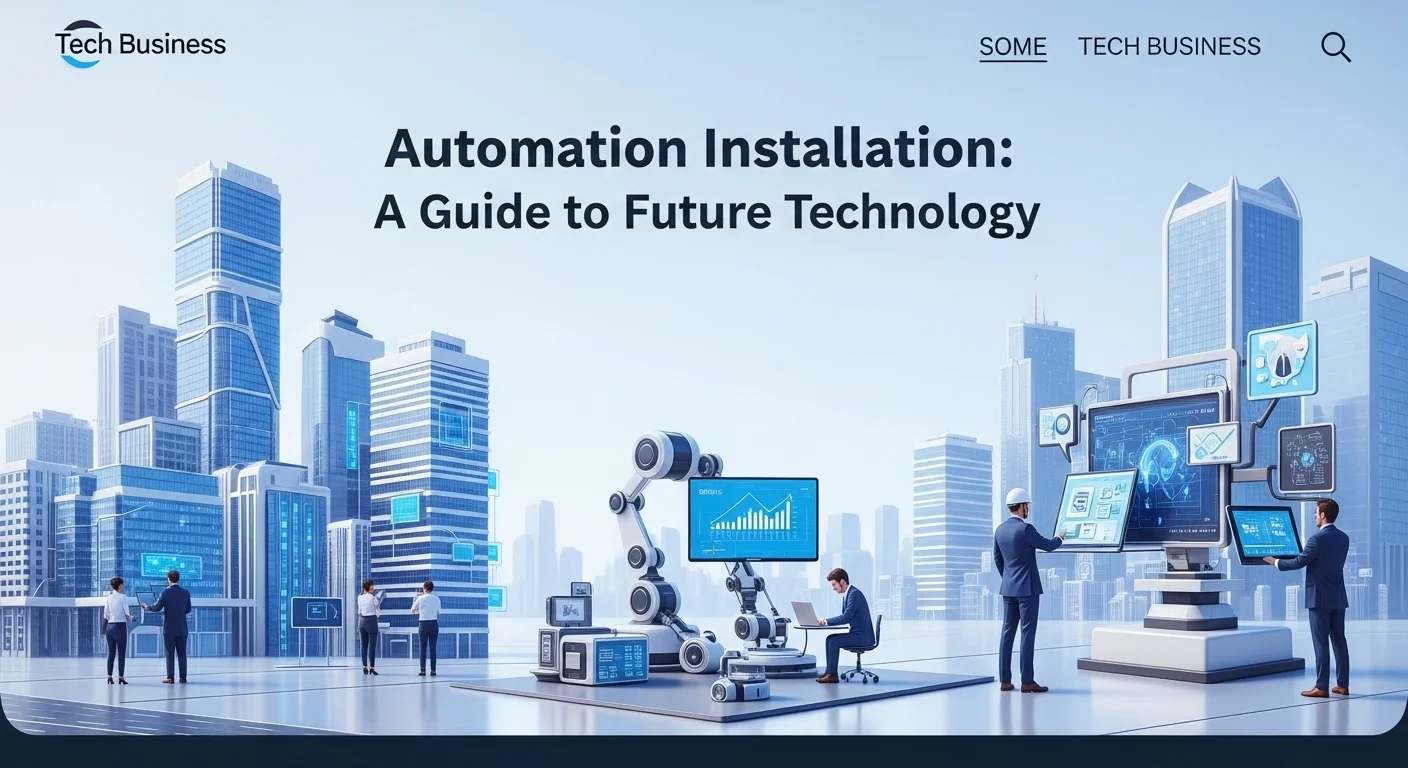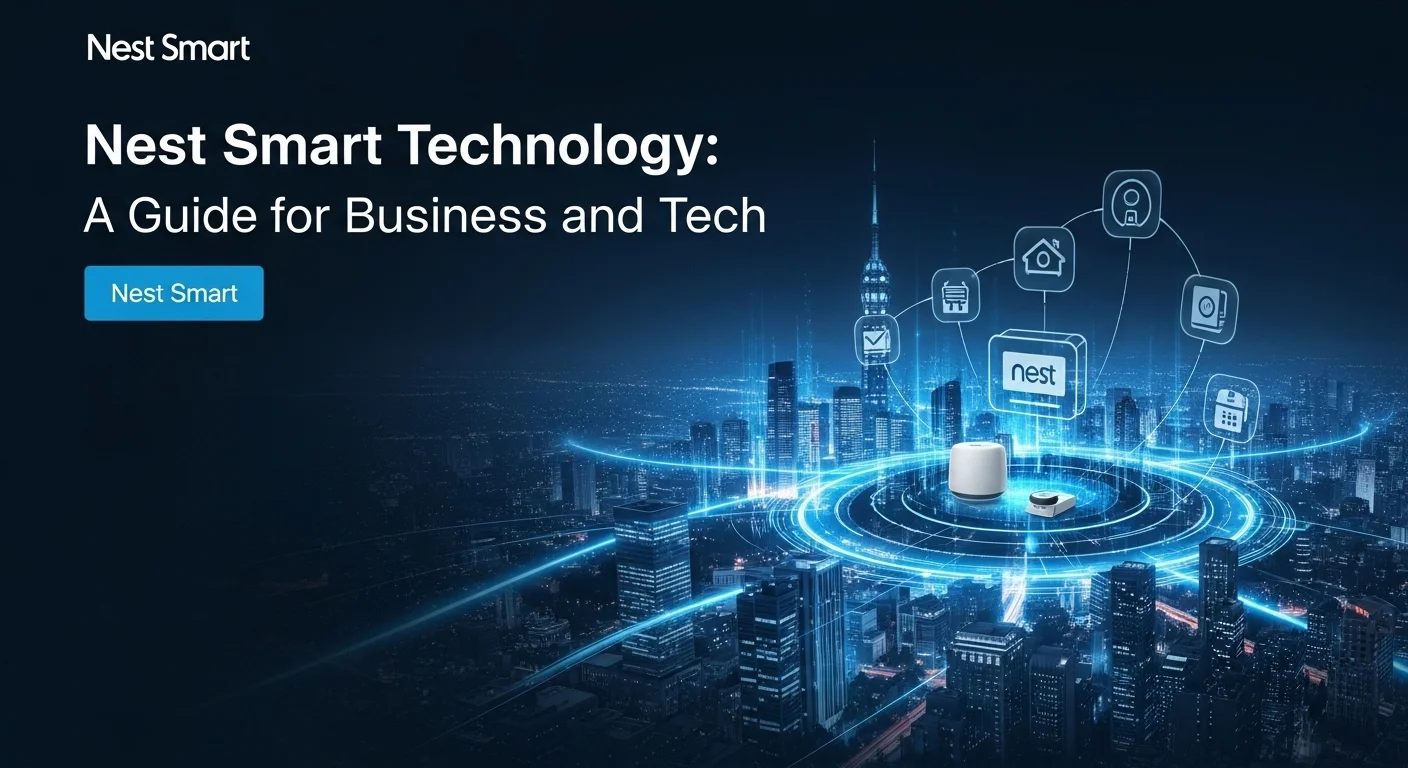Service-Based Technology: A Plain-English Guide for 2025
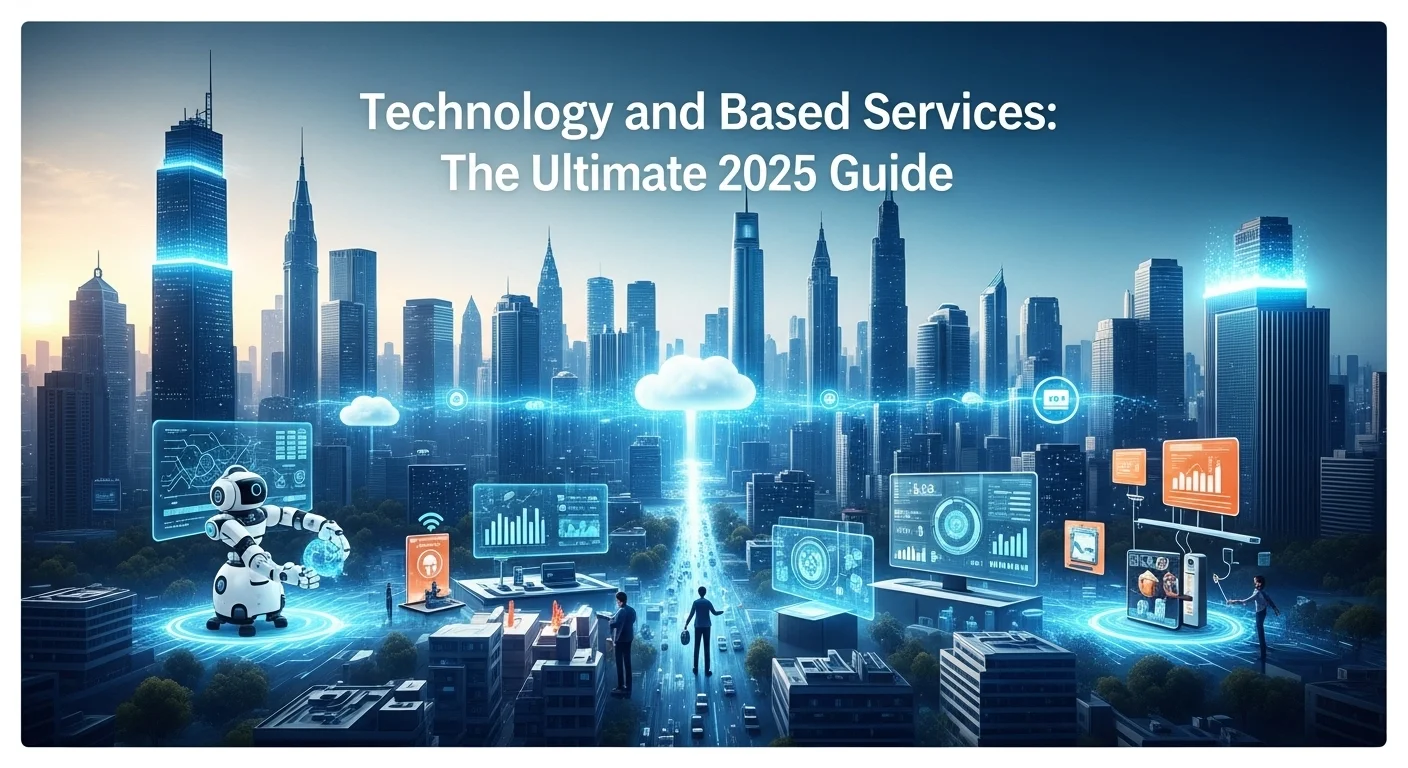
Executive Summary
Remember when buying software meant getting a physical box with a CD-ROM? We've come a long way. Today, almost everything in the tech world is shifting from 'owning a product' to 'subscribing to a service.' This is the core idea behind service-based technology, a powerful model that includes everything from your email to the complex systems running global corporations. In this guide, I'll walk you through what this really means for businesses looking to be faster, smarter, and more innovative. We'll break down the main types—IaaS, PaaS, and SaaS—in a way that actually makes sense. We'll also look at real business ideas that are thriving in this ecosystem and see how platforms like Google Cloud are paving the way. Think of this as your friendly, executive-level map for understanding the revolution in service-based tech and how you can use it to your advantage.
Table of Contents
Table of Contents
- What Is Service-Based Technology and Why Does It Matter?
- Business Applications and Real-World Benefits
What Is Service-Based Technology and Why Does It Matter?
In my early days in IT, setting up a new business application was a marathon. It meant weeks of ordering physical servers, installing software, and endless configuration. It was expensive, slow, and a huge barrier for anyone without deep pockets. Today, that world is ancient history. The concept of 'service-based technology' has completely changed the game. At its heart, it's a simple idea: instead of buying, owning, and maintaining your own tech infrastructure and software, you rent it. You pay for access to what you need, when you need it. This switches your spending from huge, upfront investments (Capital Expenditure) to predictable, manageable subscription fees (Operational Expenditure). This isn't just an accounting trick; it's the engine fueling modern business. It gives companies of all sizes access to incredible computing power, allows them to scale instantly, and frees them to focus on what they do best: serving their customers.
The real magic of this service-oriented world lies in its flexibility. Before the cloud, if your website suddenly got a huge surge of traffic, it would probably crash. You had to buy enough servers to handle your busiest day, even if they sat idle 99% of the time. Now, with a service-based model, you can build a global app from your garage. I've seen startups go from zero to millions of users in months by leveraging the massive infrastructure of cloud providers. This ability to scale resources up or down on demand, known as elasticity, is a game-changer. During a big sale, your e-commerce site can automatically scale up to handle the load, and when things quiet down, it scales back down so you're not paying for resources you aren't using. This pay-as-you-go approach optimizes every dollar spent. It also means you can get new ideas to market faster than ever before. Your developers can spin up a new test environment in minutes, not months, which is a massive competitive edge.
The Core Pillars: IaaS, PaaS, and SaaS
To really get a handle on service-based technology, you need to know its three main flavors: Infrastructure as a Service (IaaS), Platform as a Service (PaaS), and Software as a Service (SaaS). Think of it like making a pizza.
Infrastructure as a Service (IaaS): This is the 'take and bake' option. The provider gives you the basic ingredients—the oven (servers), electricity (networking), and kitchen space (data center). You bring your own dough, sauce, and toppings, and you're responsible for making and baking the pizza. In tech terms, you rent the virtual servers, storage, and networking from a provider like Amazon Web Services (AWS), Microsoft Azure, or Google Cloud. You're still in charge of managing the operating system and everything you install on it. IaaS offers the most control and is perfect for companies with very specific needs or those moving existing systems to the cloud.
Platform as a Service (PaaS): This is like ordering pizza delivery, but you add your own toppings at home. The provider delivers the pizza dough and sauce already prepared (the platform, including the operating system, databases, and development tools). You just add your cheese and pepperoni (your application code) and pop it in the oven. PaaS is a developer's dream because it handles all the tedious infrastructure management. Services like Heroku or Google App Engine let developers just focus on writing code. This dramatically speeds up development and is fantastic for bringing new business ideas to life quickly.
Software as a Service (SaaS): This is like going to a restaurant and ordering a pizza. You just sit down and enjoy the final product. The restaurant handles everything from the ingredients to the cooking and serving. In the tech world, SaaS applications are the finished software you access through your web browser. Think Google Workspace, Salesforce, or Dropbox. You don't install anything or worry about maintenance; you just subscribe and use it. This is the most common model and allows any business to use powerful, enterprise-grade software without a dedicated IT team.
Business Applications and Real-World Benefits
The impact of these services on business is immense. I've worked with countless startups that could go head-to-head with industry giants because they had access to the same world-class technology at a fraction of the cost. A small online store can use IaaS to handle the massive traffic of Black Friday, PaaS to quickly build a custom mobile app, and SaaS for its accounting and customer service software. It truly levels the playing field.
For big companies, the move to cloud services means huge cost savings. They can shut down expensive, power-hungry data centers and let the cloud provider handle the hardware. It also makes global collaboration a breeze, with teams accessing the same data and tools from anywhere. Disaster recovery becomes simpler and more reliable, too. If a natural disaster hits one data center, services can automatically switch to another one thousands of miles away, ensuring the business never skips a beat.
But the most exciting benefit, in my experience, is how it fuels innovation. When your IT team isn't bogged down with maintaining servers, they can start experimenting with incredible technologies like Artificial Intelligence (AI) and Machine Learning (ML). Cloud platforms like Google Cloud offer powerful AI tools as a service. This means a company can start building predictive models or analyzing customer sentiment without hiring an army of data scientists. This access to cutting-edge tech is how new, smarter products are born and how the best service-based business strategies are created, completely reshaping what's possible.
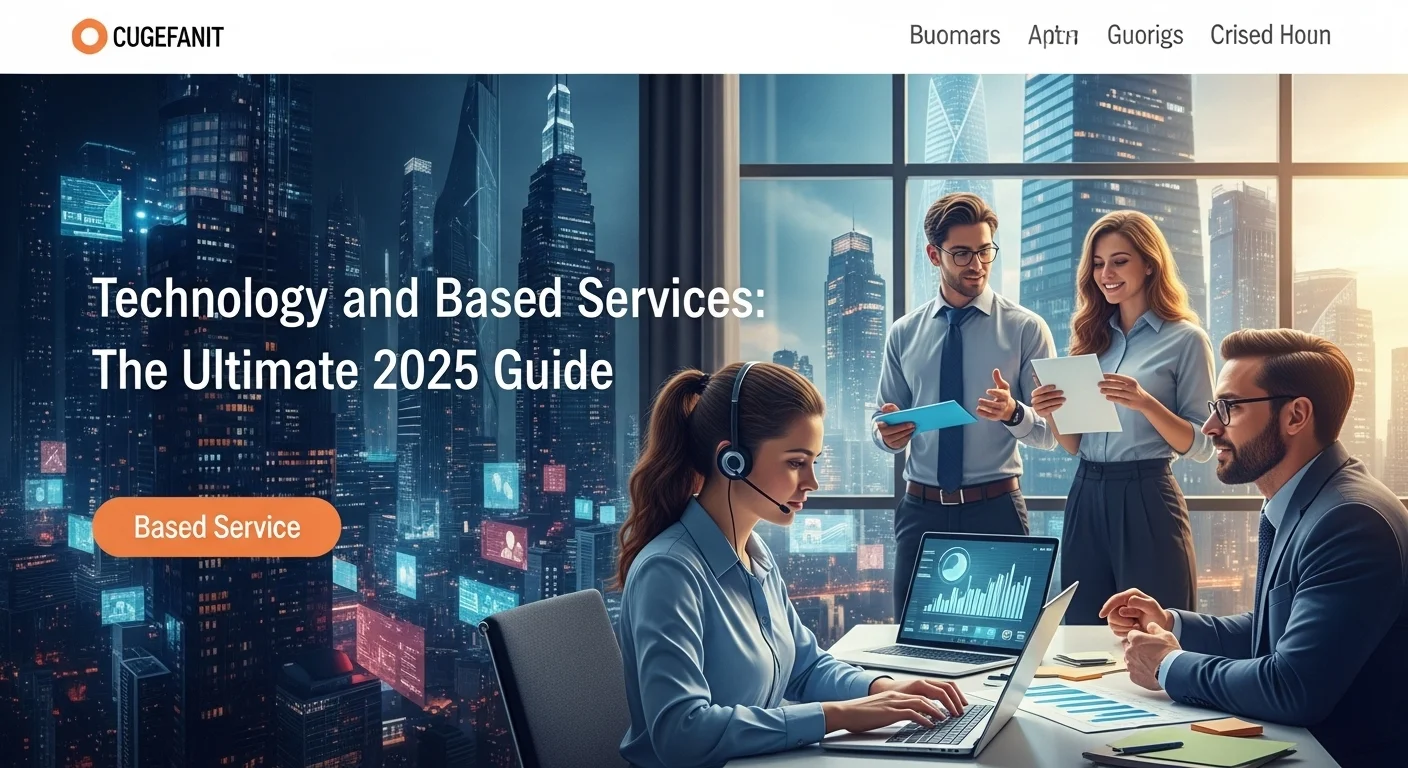
A Complete Guide to Cloud Services and Business Solutions
Understanding the 'what' of service-based technology is the first step. The 'how' is where strategy comes in. Choosing the right service, the right provider, and the right business approach can be the difference between a thriving digital operation and a chaotic, expensive mess. I've been in the trenches helping companies make these decisions for years, and this guide is about sharing what works. It starts with a clear-eyed look at your own needs to decide which service model fits best.
Choosing Your Service Model: A Strategic Comparison
The choice between IaaS, PaaS, and SaaS isn't an either/or decision. Most successful businesses I've worked with use a mix of all three. The trick is to map the right service to the right task. Think about it in terms of control versus convenience. The more you control, the more you have to manage.
When to Choose IaaS:
- You Need Full Control: You have legacy applications with very specific requirements or operate in a heavily regulated industry where you need to manage every aspect of the environment.
- You Have a Unique Setup: Your application needs a custom-built software stack or an operating system that PaaS providers don't offer.
- You're a Power User: You're running massive computations, like scientific modeling or big data analysis, that require highly customized and powerful virtual machines. Google Cloud's customizable machine types are a great example of a tool for this job.
When to Choose PaaS:
- Speed is Everything: Your main goal is to build and launch applications as fast as possible, without getting bogged down in server management. PaaS is the ultimate accelerator for development teams.
- You're Building APIs: If your business relies on APIs, PaaS platforms offer incredible tools to create, deploy, secure, and manage them.
- You Live and Breathe Agile/DevOps: PaaS fits perfectly into a culture of continuous integration and deployment (CI/CD), allowing your team to release updates rapidly and reliably. It's the perfect playground for testing new service-based business ideas.
When to Choose SaaS:
- It's a Standard Business Need: You need a solution for common tasks like email, customer relationship management (CRM), or accounting. It almost never makes financial sense to build these from scratch.
- You Have Limited IT Staff: SaaS is the easiest to adopt, requiring virtually no technical management from your side.
- Your Team is Remote or Mobile: SaaS applications are built to be accessed from anywhere, on any device, making them perfect for today's flexible workforce. Often, the best service-based businesses are born from identifying a niche that a new SaaS app can serve perfectly.
Comparing the Titans: AWS vs. Azure vs. Google Cloud
The cloud market is a battleground of three giants: Amazon Web Services (AWS), Microsoft Azure, and Google Cloud Platform (GCP). I've built solutions on all three, and they each have their sweet spots.
Amazon Web Services (AWS): The original trailblazer and still the market leader. AWS has the most extensive range of services and the largest global footprint. Its biggest strengths are its maturity, proven reliability, and massive community. For many, from startups to Fortune 500s, AWS is the default choice simply because it can do almost anything. When Twitter needed to ensure its real-time timelines could scale for hundreds of millions of users, they relied on AWS's robust infrastructure.
Microsoft Azure: Azure's superpower is its deep integration with the Microsoft enterprise world. If your company runs on Windows Server, Office 365, and other Microsoft tools, Azure often feels like a natural extension. I've found its hybrid cloud capabilities—connecting on-premises data centers with the public cloud—to be particularly strong, making it a favorite for large, established organizations.
Google Cloud Platform (GCP): GCP's strengths reflect the DNA of its parent company, Google. It truly shines in data analytics, machine learning, networking, and containers (it invented Kubernetes, the industry standard for container orchestration). From my experience, services like BigQuery for data warehousing and Vertex AI for machine learning are second to none. I often recommend GCP to clients whose competitive advantage lies in data and intelligence. They also have very competitive and easy-to-understand pricing.
Business Techniques for Service-Based Success
Using cloud services effectively is more than a tech choice; it's a business philosophy. The most successful companies I've seen adopt a 'cloud-native' mindset. This means building applications from the ground up to take advantage of the cloud's strengths, not just moving old, clunky systems onto a virtual server. This usually involves breaking down large applications into smaller, independent 'microservices', which makes them easier to update, scale, and more resilient.
Another hard-won lesson is to obsess over cost optimization. The pay-as-you-go model is great, but it's like a utility bill—if you leave the lights on, it gets expensive. You have to be disciplined. Set budgets, create alerts, and use cost management tools to hunt down waste. I've seen companies save thousands a month just by automatically shutting down development servers at night.
Finally, a service-based business is all about the ongoing relationship with the customer. Your product is the experience you provide. This means investing heavily in amazing customer support, writing clear and helpful documentation, and constantly listening to feedback. The best service-based businesses build a loyal following by delivering exceptional value, day in and day out. That’s how you turn a good idea into a lasting enterprise.
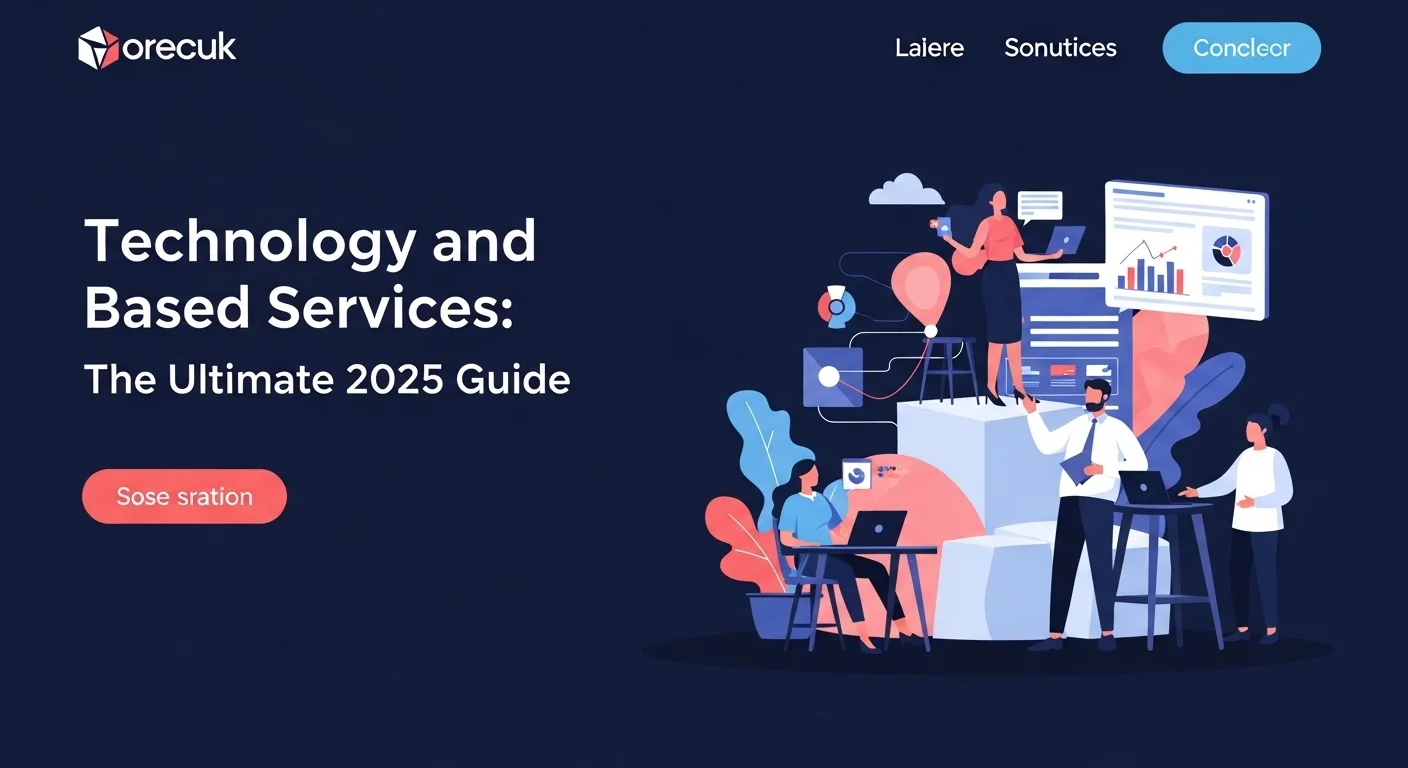
Tips and Strategies to Master Your Technology Experience
Moving to service-based technology isn't just about flipping a switch; it's a journey. To make that journey successful, you need more than just the tools—you need the wisdom of experience. Over the years, I've seen what works and, more importantly, what can go disastrously wrong. This section is my personal playbook of tips and strategies to help you get the most out of your cloud services, from locking down your security to preparing for the future.
Let's get one thing straight: in the cloud, security is a partnership. The cloud provider secures the building (the physical infrastructure), but you are responsible for locking the door to your apartment (your data and applications). Ignoring this is the single biggest mistake I see companies make.
1. Live by the Principle of Least Privilege: I can't stress this enough. Only give users and applications the absolute minimum permissions they need to do their job. Don't use your 'master key' (root account) for everyday tasks. Use the powerful Identity and Access Management (IAM) tools from providers like Google Cloud to create specific roles. It's a bit more work upfront but will save you from a world of pain later.
2. Encrypt Everything, Always: Your data should be unreadable to anyone who isn't authorized to see it. This means encrypting it when it's being stored (at rest) and when it's moving across the internet (in transit). All the major cloud providers make this easy, so there's no excuse not to do it.
3. If You Can't See It, You Can't Protect It: Turn on detailed logging for everything. Use monitoring tools to watch for unusual activity in real-time. Services like Google Cloud's Operations Suite are your security cameras. They won't stop an incident on their own, but they are essential for figuring out what happened and how to prevent it from happening again.
4. Automate Your Defenses: Manually checking for security flaws is a losing battle. Build security directly into your development process (this is called DevSecOps). Use automated tools to scan your code for vulnerabilities and check your configurations against industry best practices. This is non-negotiable for any modern business handling customer data.
Essential Tools for Management and Optimization
Managing a cloud environment can feel like conducting an orchestra. Here are some of the instruments I always have in my toolkit to keep everything in harmony.
1. Cloud Cost Management Platforms: While the providers' native tools are a good start, I often rely on third-party platforms like CloudHealth or Spot by NetApp. They give you a single view of spending across multiple clouds and find savings opportunities you might have missed, like identifying oversized or idle resources.
2. Infrastructure as Code (IaC) Tools: Manually clicking through a web console to set up your infrastructure is slow and prone to human error. I insist my teams use tools like Terraform or Pulumi. They let you define your entire infrastructure in a code file. This means you can track changes, automate deployments, and replicate your entire setup with one command. It's foundational for moving fast and staying consistent.
3. Application Performance Monitoring (APM) Tools: To keep your web services running smoothly, you need to see what's happening inside them. APM tools like Datadog or New Relic are like an EKG for your application. They help you spot bottlenecks and fix errors long before your customers even notice a problem.
4. Specialized Cybersecurity Tools: On top of the basics, I use specialized tools for an extra layer of defense. Container scanners like Snyk check my application packages for known vulnerabilities, and Cloud Security Posture Management (CSPM) tools constantly scan my environment for misconfigurations that could leave a door open for attackers.
Leveraging AI and Future-Forward Strategies
The future of cloud services is being written by Artificial Intelligence. It's no longer just another service to buy; AI is being woven into the platforms themselves. We're seeing the rise of AIOps (AI for IT Operations), where the platform itself can predict problems, automate fixes, and suggest ways to save money. This is happening now, and it's incredibly powerful.
My advice is to start experimenting with AI-as-a-Service offerings now. Use the machine learning platforms from providers like Google Cloud to build intelligence into your own business. It could be a recommendation engine for your online store or a system that analyzes customer emails for urgent issues. The possibilities are endless.
Also, lean into the 'serverless' model. Services like AWS Lambda or Google Cloud Functions let you run code without thinking about servers at all. You just provide the code, and the platform runs it for you, charging you only for the milliseconds it's active. It's incredibly efficient and simplifies your architecture immensely. Many of the most innovative and leanest new businesses are built entirely on serverless technology. For a fantastic resource on modern cloud architecture, I always recommend the short, practical videos on the Fireship.io YouTube channel. They're invaluable for anyone in this space.
By blending robust security, the right tools, and a forward-looking strategy that embraces AI, you can turn your cloud services from a simple utility into your company's greatest competitive advantage.
Expert Reviews & Testimonials
Sarah Johnson, Business Owner ⭐⭐⭐
This was a good overview, but as a small business owner, I would have loved to see a few more real-world case studies of businesses like mine.
Mike Chen, IT Consultant ⭐⭐⭐⭐
Solid article that clarifies the service-based model. It helped connect the dots for me, though a glossary for some of the acronyms would be a nice touch.
Emma Davis, Tech Expert ⭐⭐⭐⭐⭐
Fantastic and comprehensive guide! As a tech pro, I appreciated the depth and clarity. This is a great resource that I'll be sharing with my team.

